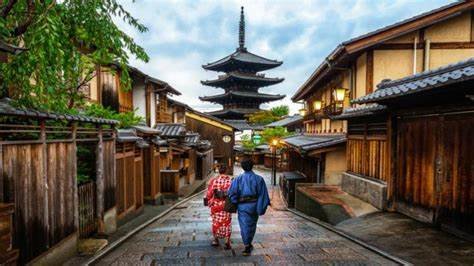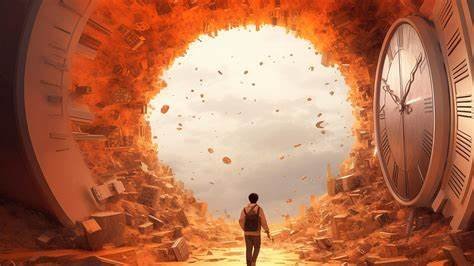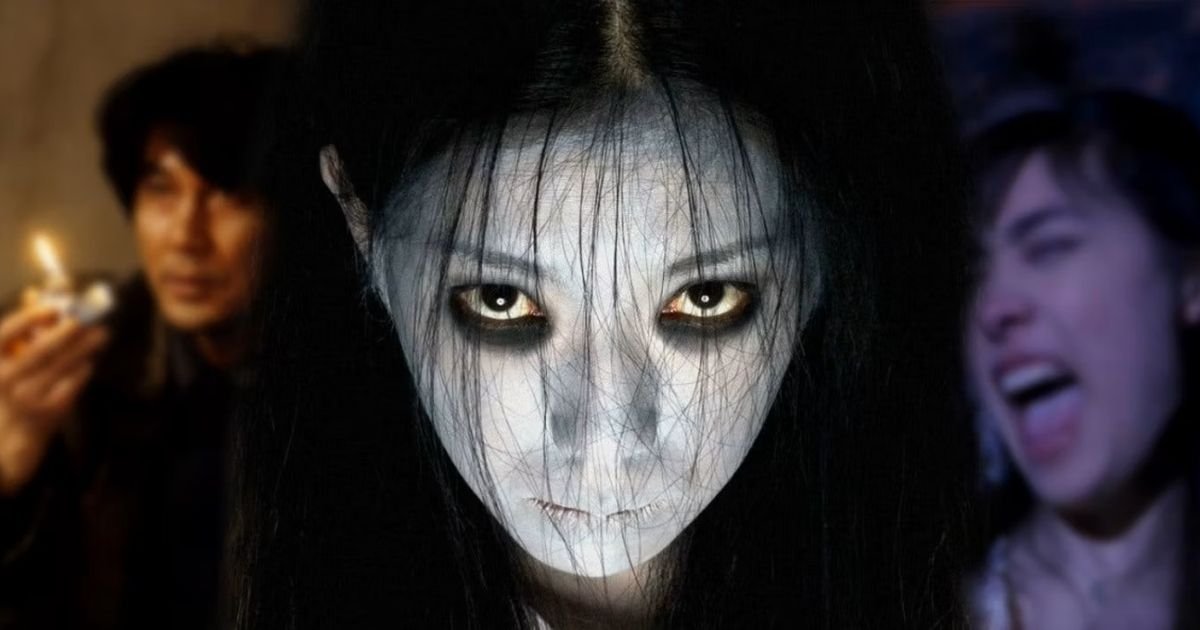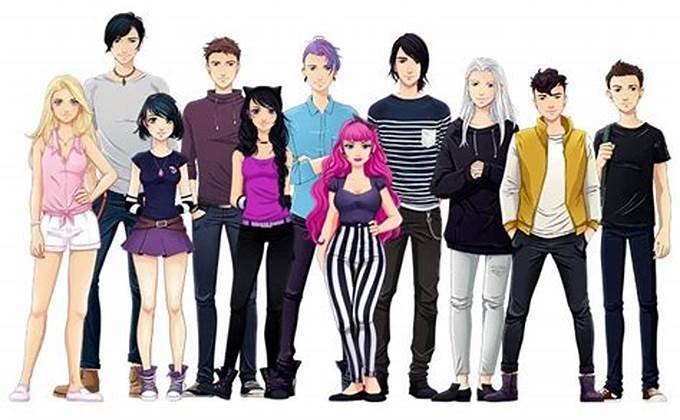Japanese cinema has undergone a remarkable evolution over the decades. From silent films to modern classics, this journey reflects broader changes in Japanese society and culture. Let’s explore how Japanese cinema has developed over the years.
1. Early Beginnings: Silent Films and the Birth of Japanese Cinema
Initially, Japanese cinema began with silent films in the early 20th century. Filmmakers like Daisuke Ito and Shozo Makino pioneered this era. Their works focused on historical dramas and samurai films, establishing the foundations of Japanese cinema. Films such as “Nannaka no Shima” (1925) are examples of early Japanese silent cinema. These films captured the imagination of audiences and set the stage for future developments.
2. The Rise of Talkies and Golden Age
The introduction of sound in the late 1920s marked a new era. This period, often referred to as the Golden Age of Japanese Cinema, saw the rise of influential directors like Akira Kurosawa and Yasujiro Ozu. Kurosawa’s “Rashomon” (1950) broke new ground with its innovative storytelling and cinematography. Ozu’s “Tokyo Story” (1953) offered a poignant portrayal of family life and societal change. During this time, Japanese cinema gained international recognition and acclaim.
3. Post-War Cinema: Reflecting on Change
After World War II, Japanese cinema began reflecting on the country’s social and political changes. Films from this period often addressed themes of loss, recovery, and societal transformation. Directors such as Kenji Mizoguchi and Masaki Kobayashi created powerful works that explored these themes. Mizoguchi’s “Ugetsu” (1953) and Kobayashi’s “The Human Condition” (1959-1961) highlighted the impact of war and the struggles of rebuilding society. This era marked a shift toward more introspective and critical narratives.
4. New Wave Cinema: Innovation and Experimentation
The 1960s brought the New Wave movement, characterized by innovation and experimentation. Directors like Nagisa Oshima and Shohei Imamura challenged traditional storytelling techniques. Oshima’s “In the Realm of the Senses” (1976) pushed boundaries with its provocative content. Imamura’s “The Ballad of Narayama” (1983) combined traditional themes with modern cinematic techniques. This movement emphasized personal expression and creative freedom.
5. Contemporary Cinema: Global Influence and Modern Trends
In recent decades, Japanese cinema has continued to evolve, embracing global influences and modern trends. Filmmakers such as Hirokazu Kore-eda and Mamoru Hosoda have gained international acclaim. Kore-eda’s “Shoplifters” (2018) won the Palme d’Or at Cannes, highlighting his skill in depicting family dynamics. Hosoda’s “Mirai” (2018) received praise for its imaginative storytelling and animation. These contemporary films often blend traditional Japanese themes with global cinematic styles.

6. Anime and the International Stage
Additionally, Japanese animation, or anime, has become a significant part of the film industry. Studio Ghibli, founded by Hayao Miyazaki and Isao Takahata, has produced iconic films like “Spirited Away” (2001). These films have achieved worldwide popularity and critical acclaim. Anime has introduced Japanese storytelling and art to a global audience, further influencing the evolution of Japanese cinema.
Conclusion
In summary, the evolution of Japanese cinema reflects a rich history of innovation and cultural change. From the silent film era to contemporary works, Japanese cinema has continually adapted and transformed. By exploring its development, we gain insight into how Japanese filmmakers have shaped and responded to their world. This journey through film history highlights the enduring impact and creativity of Japanese cinema.










